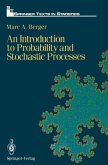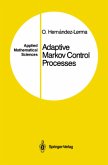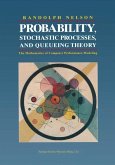A stochastic process {X(t): 0 S t i}, i E S, are increasing (decreasing) with t on T. Stochastic monotonicity is a basic structural property for process behaviour. It gives rise to meaningful bounds for various quantities such as the moments of the process, and provides the mathematical groundwork for approximation algorithms. Obviously, stochastic monotonicity becomes a more tractable subject for analysis if the processes under consideration are such that stochastic mono tonicity on an inter val 0 t E implies stochastic monotonicity on the entire time axis. DALEY (1968) was the first to discuss a similar property in the context of discrete time Markov chains. Unfortunately, he called this property "stochastic monotonicity", it is more appropriate, however, to speak of processes with monotone transition operators. KEILSON and KESTER (1977) have demonstrated the prevalence of this phenomenon in discrete and continuous time Markov processes. They (and others) have also given a necessary and sufficient condition for a (temporally homogeneous) Markov process to have monotone transition operators. Whether or not such processes will be stochas tically monotone as defined above, now depends on the initial state distribution. Conditions on this distribution for stochastic mono tonicity on the entire time axis to prevail were given too by KEILSON and KESTER (1977).
Bitte wählen Sie Ihr Anliegen aus.
Rechnungen
Retourenschein anfordern
Bestellstatus
Storno









